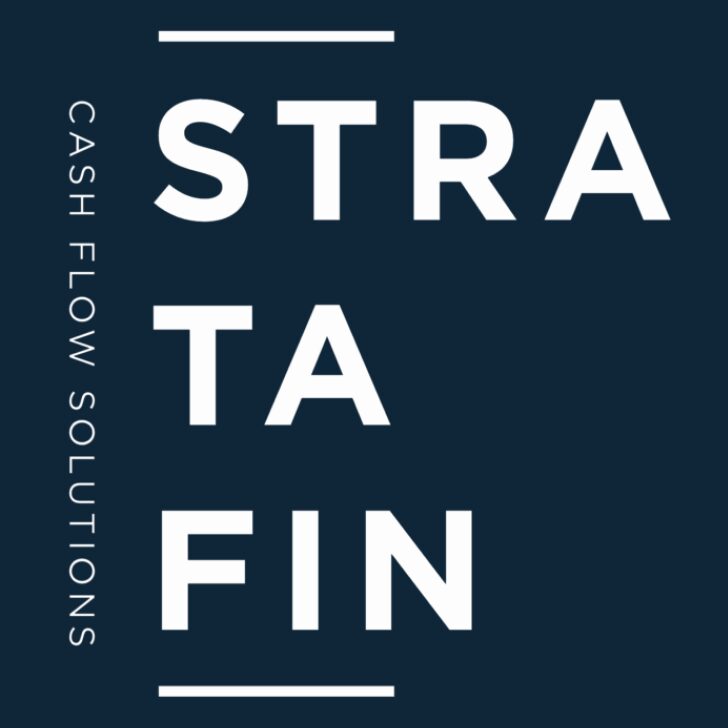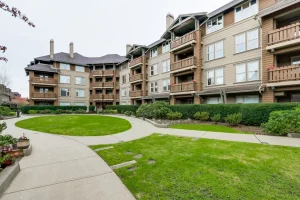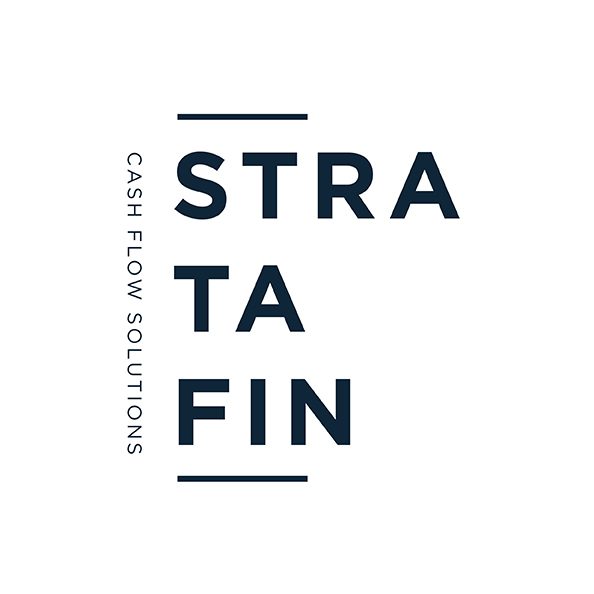Owners of sections may have portions of the common property for their exclusive use. Exclusive use areas can either be registered on the sectional plan or created in the management or conduct rules.
Any part of the common property can be made subject to exclusive use, but the most common portions of common property that may be subject to exclusive use include areas such as parking bays; balconies; patios; or gardens.
What is improvements to exclusive use areas?
An improvement to exclusive use areas is defined as the construction or placement of any structure or building improvement on an exclusive use area.
Owners who hold exclusive use areas often wish to make improvements to these areas. Often owners wish to install roof louvre type structures over patios and garden areas. It may be that an owner wants to install a carport over their exclusive use parking bay. Additionally, it could be that owners wish to install a bricked braai area in their garden. In this article I will discuss what the legislation requires in order to authorize improvements to exclusive use areas.
What does the legislation say?
PMR 30(g) states that the body corporate must take all reasonable steps to ensure that a member or any other occupier of a section or exclusive use area does not construct or place any structure or building improvement on an exclusive use area which in practice constitutes a section or an extension of the boundaries or floor area of a section without complying with the requirements of the Act and the Sectional Titles Act; provided that the body corporate may by ordinary resolution
(i) give consent for such a structure or building improvement, if they are satisfied that it does not require compliance with such requirements;
(ii) prescribe any reasonable condition in regard to the use or appearance of the structure or building improvement; and
(iii) withdraw any consent if the member or other occupier of a section breaches any such condition.
What is required to authorise the improvement to exclusive use areas?
These are the requirements in summary:
- An improvement to an exclusive use area must be the construction or placement of any structure or building improvement on an exclusive use area.
- The improvement must not, in practice, constitute a section or an extension of the boundaries or floor area of a section without complying with the requirements of the Sectional Titles Act and the Sectional Titles Schemes Management Act.
- The body corporate must authorise the improvement by way of an ordinary resolution. Therefore, the trustees do not have authority to authorise the improvement.
- The body corporate may prescribe any reasonable condition in regard to the use or appearance of the structure or building improvement.
- The body corporate may withdraw any consent if the member or other occupier of a section breaches any such condition.
Other considerations for improvements to exclusive use areas.
Structural integrity of building
The Community Scheme should consider whether the improvement would impair the structural stability of the building. PMR 30(d) requires that the body corporate must take all reasonable steps to ensure that a member or any other occupier of a section or exclusive use area does not make alterations to a section or an exclusive use area that are likely to impair the stability of the building or interfere with the use and enjoyment of other sections, the common property or any exclusive use area.
Waterproofing
The body corporate need to consider whether the improvement will include steps in overcoming any possible waterproofing issues, such as the installation of a waterproof membrane.
Harmonious appearance
The previous PMR 68(1)(iv) stated that an owner may not do anything to his section or exclusive use area that is likely to prejudice the “harmonious appearance” of the building. Now PMR 30(e) states that the body corporate must take all reasonable steps to ensure that a member or any other occupier of a section or exclusive use area does not do anything to a section or exclusive use area that has a material negative affect on the value or utility of any other section or exclusive use area. Therefore, the body corporate should consider whether the improvement will have a material negative affect on the value or utility of any other section or exclusive use area, which would include the consideration on whether the improvement is likely to prejudice the “harmonious appearance” of the building.
Municipal authority
It would be sensible for the body corporate, before giving consent, to require proof whether municipal authority is required and whether the local authority will approve the building plans for the improvement.
Schemes rules
The owner who proposes to do the improvement will be bound by the scheme’s Management Rules, Conduct Rules, and Building Guidelines. Therefore, the body corporate could place conditions on the improvement in a scheme rule. For example the type of louvered roof or car port to be used can be specified in the rule.
Building conditions
The body corporate should also place conditions on the approval for the improvement and should require the applicant owner to agree to these conditions in writing as a condition of the authorisation of the body corporate. Such conditions may serve to ensure that:
- The building works start within a specified period, that they are completed before a specified date, failing which penalties may be payable.
- That work is limited to days and times that will not unduly disturb other residents.
- That power tools only be used during specified periods of the day.
- That rubble be removed regularly.
- That toilet facilities be provided for workers.
- That the scheme infrastructure is not overused or unduly abused.
- That the body corporate’s inspector oversees the work to ensure that its interests are protected at the applicant owner’s cost.
Conclusion
We suggest that body corporates make a rule which specifies exactly what alterations would constitute building improvements of exclusive use areas, and also specify all the requirements for authorisation as well as the building conditions applicable













